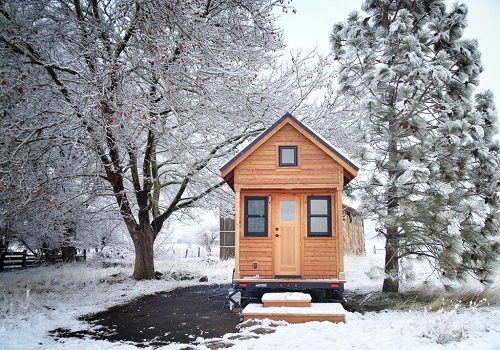
August 21, 2014; The Oregonian
Champions of the micro home movement, also known as the tiny house movement, are trying to find a way to improve lives of homeless men and women in Portland, Oregon.
The tiny home movement, made popular by movies such as Tiny and blogs such as the Tiny House Blog or Tiny House Talk, encourages people to consider downsizing from McMansions into small homes. Very small homes—many so small that they do not meet building codes and are, instead, built on wheels to avoid legal challenges. These homes can include buses, trailers, and even vintage vehicles.
Sign up for our free newsletters
Subscribe to NPQ's newsletters to have our top stories delivered directly to your inbox.
By signing up, you agree to our privacy policy and terms of use, and to receive messages from NPQ and our partners.
Until now, these homes have been discussed primarily as a way for people to live simply, become debt-free, and, in many cases, live as “off-grid” as possible in terms of utilities. For example, many micro homes are not connected to sewage lines, using composting toilets instead.
In Portland, micro homes are not just about living simply; they may also be about living humanely. Micro Community Concepts, a nonprofit organization, has teamed up with TechDwell, a for-profit micro-home-builder, and put forth a plan to erect 25 micro housing units. Units would be approximately 16’ by 12’ (192 square feet) and would include foundation systems, sewage, and electricity. Homes would also be code-compliant. Thus far, the plan has garnered the support of Portland mayor Charlie Hales, who is said by his advisor to be “infatuated” with the idea.
TechDwell estimates that the cost to build the ADA-compliant units, including bathroom, kitchen, and finishings, will range from $18,000 to $20,000. Rents would run approximately $250 to $350 per month, and, according to Micro Community Concepts, would go toward helping to build additional micro home communities.
This is, of course, an untested idea. The tiny house movement is just beginning to grow, and there will likely be a steep learning curve for all involved: the nonprofit, the for-profit home builder, and the City– not to mention all the rest of us who are watching. NPQ would love to hear both from proponents and critics.—Jennifer Amanda Jones













